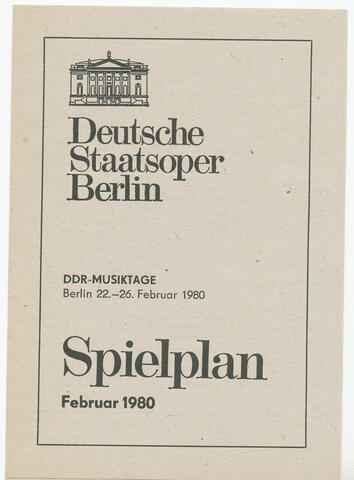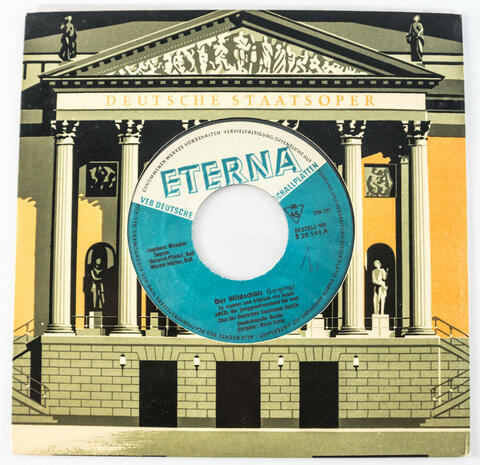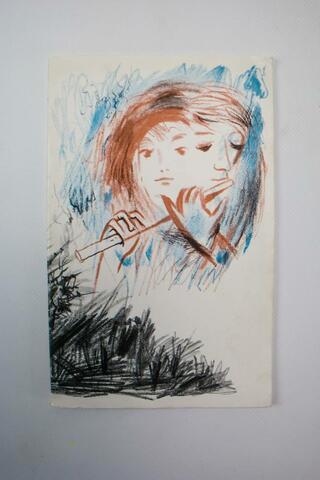Places of the GDR
Berlin State Opera Staatsoper Unter den Linden
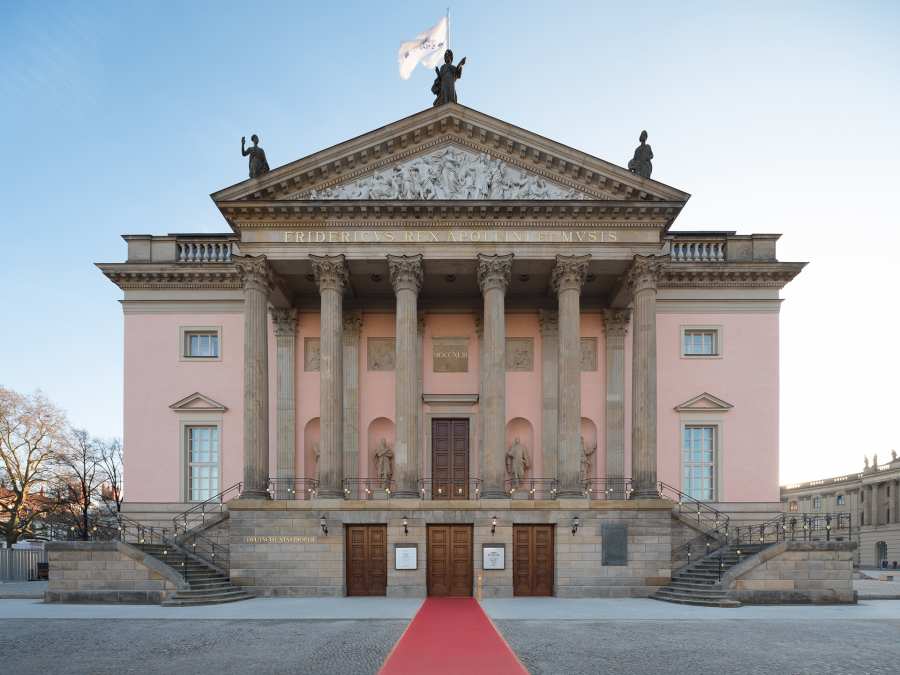
Berlin State Opera Staatsoper Unter den Linden – ©Marcus Ebener
Is the Berlin State Opera (Staatsoper Unter den Linden) the best opera house in the world?
Many opera fans from Berlin would answer this question with "yes". In addition to the Staatsoper, Berlin also offers other state-financed opera houses, such as the Deutsche Oper and the Komische Oper. The Deutsche Oper was located in West Berlin (FRG), the Komische Oper and the Staatsoper were in East Berlin (GDR). As a result of the division, Berlin now has more music theatres than, for example, Madrid, Rome and London. The Staatsoper Unter den Linden was opened as early as 1742 and is thus older than the Brandenburg Gate.
The history of the Staatsoper Unter den Linden since 1945
After the house was almost completely destroyed in 1945, it was rebuilt between 1951 and 1955 under the architect Richard Paulick. On the 4th of September 1955, the building was ceremoniously reopened. Johannes R. Becher, then Minister of Culture of the GDR, said: »Berlin - the capital of our fatherland - has its State Opera again. [...] We are convinced that the house which we are handing over to the public at this hour is an all-German concern. (Source) But even before the opening there was a cultural-political conflict: the golden inscription at the entrance "King Frederick, Apollo and the Muses" was replaced by "Deutsche Staatsoper". Thereupon, the former conductor of the Staatsoper Erich Kleiber, who fled to South America in 1934 because of the National Socialists, wrote to the director: "For me this incident is a sad but certain symptom that, as in 1934, politics and propaganda will not stop at the door of this 'temple'. (Source) After he left Germany that same year because of the National Socialists, he decided in 1955 not to return as a conductor.
The construction of the Berlin Wall in 1961, and with it the separation of East and West Berlin, presented the Berlin State Opera with personnel problems. To solve these problems, musicians from other German orchestras, graduates from music and ballet schools, and soloists from Eastern Europe were hired. It was possible to maintain the good international reputation and to offer a broad repertoire of classical and romantic works as well as opera and ballet performances. The price for tickets was a maximum of 12 GDR Marks, which was relatively expensive compared to other cultural offers, such as cinema tickets for 5 GDR Marks.
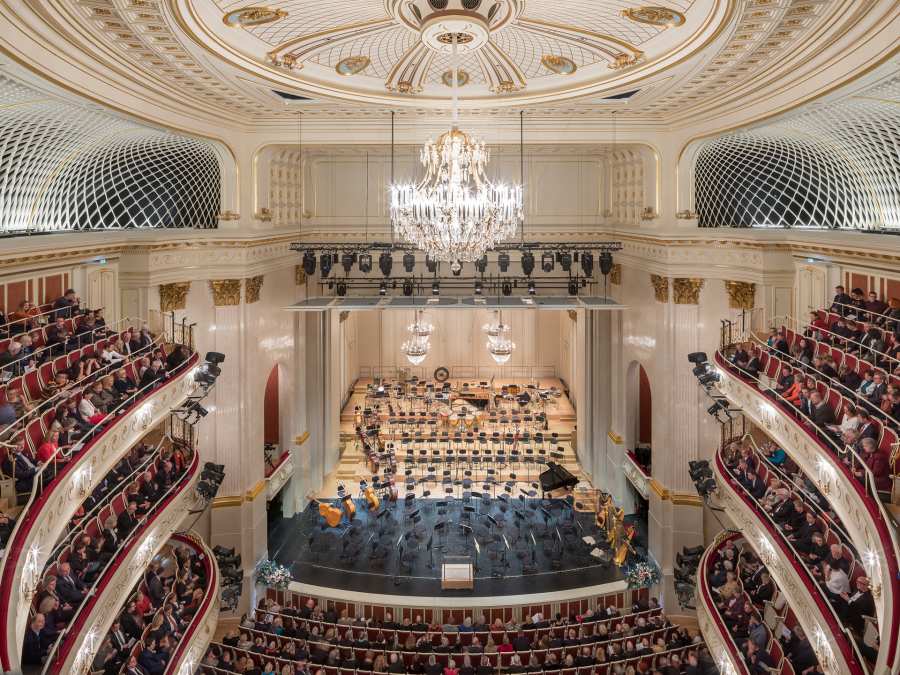
Hall view Berlin State Opera Staatsoper Unter den Linden – ©Marcus Ebener
The Berlin State Opera under two dictatorships
For half a century, the Berlin State Opera was shaped by dictatorships. During the Third Reich, Jewish musicians and singers were forced to leave the house. In the GDR they were monitored and excluded if they did not adapt to the political structures. Thus the Berlin State Opera was not free from the influence of the Ministry for State Security.
If an artist was not in line with the party line, the artist was possibly excluded or put on a »party course«. Special attention was paid to dancers who performed abroad since there was a high risk of escape from the republic. A dense network of informants was created. These ranged from visitors to the artistic director. These structures have already been scientifically researched. For example, the historian Ralf Stabel evaluated old Stasi documents and summarized them in the book: »IM ,Tänzer' - Der Tanz und die Staatssicherheit«.
The development of the Berlin State Opera today
Today, 30 years after the end of the GDR, the opera house offers a varied programme for young and old. It ranges from orchestral pieces, ballet and dance performances to choral performances. In addition to numerous programmes for adults, there is also the »Young State Opera«, where young people present their own programme on stage. On the other hand, there are numerous children's concerts for the very young at Christmas time.
Since 2000, conductor Daniel Barenboim has been General Music Director for life and thus artistic director of the orchestra. As such he is responsible for the repertoire.
This includes classical and romantic works as well as modern pieces. At the latest since the renovation work (2010 to 2017), the historical architecture has been combined with the most modern stage technology.
Those who prefer classical music without singing can visit the Staatskapelle as an alternative. The Staatskapelle has resided at the Staatsoper since 1742. The Staatskapelle is one of the world's leading orchestras and has guest appearances in Europe, Asia and North and South America. Among the performances are symphonies by Schumann or Beethoven.
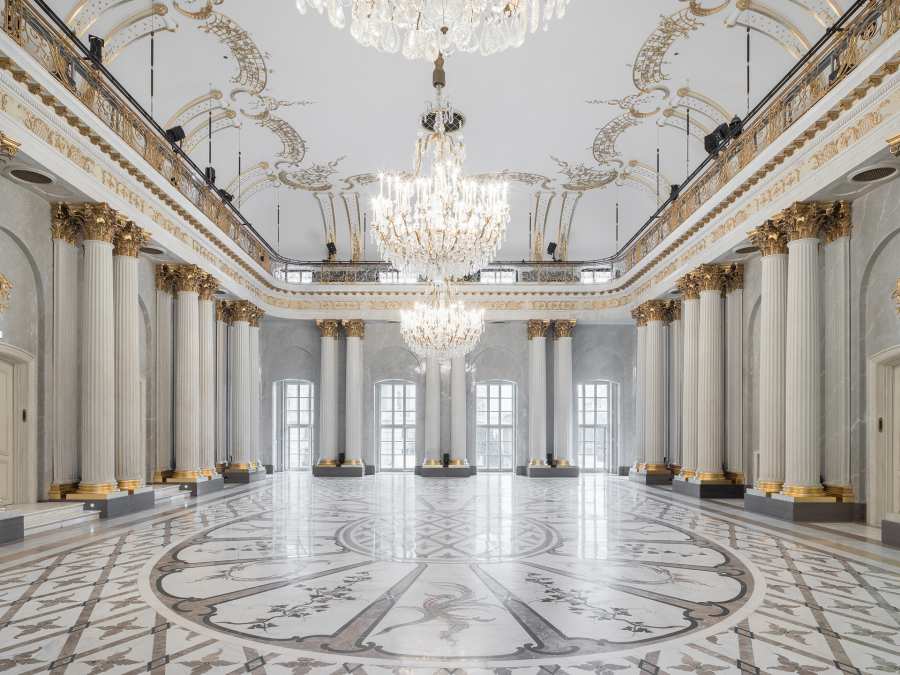
Apollosaal Berlin State Opera Staatsoper Unter den Linden – ©Marcus Ebener
Due to its central location in the centre of Berlin, a visit to the opera can be easily combined with other activities. For example, you can enjoy the Berlin air in the Lustgarten, have a coffee in the »Café Einstein« or visit the Museum Island.
In 2018, 235,000 visitors came to the Berlin State Opera for around 300 events. After a break due to COVID-19, the opera house is open again with its current programme.
